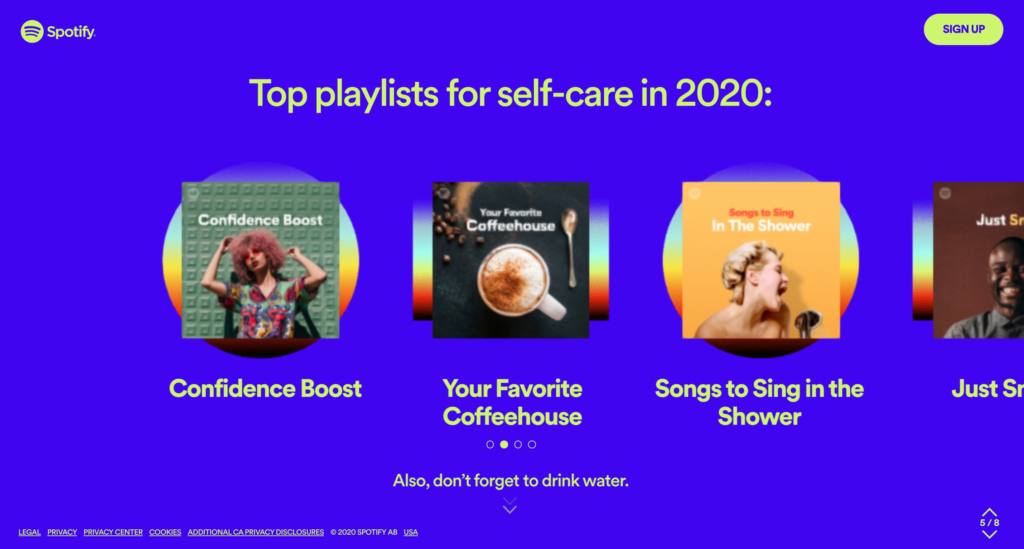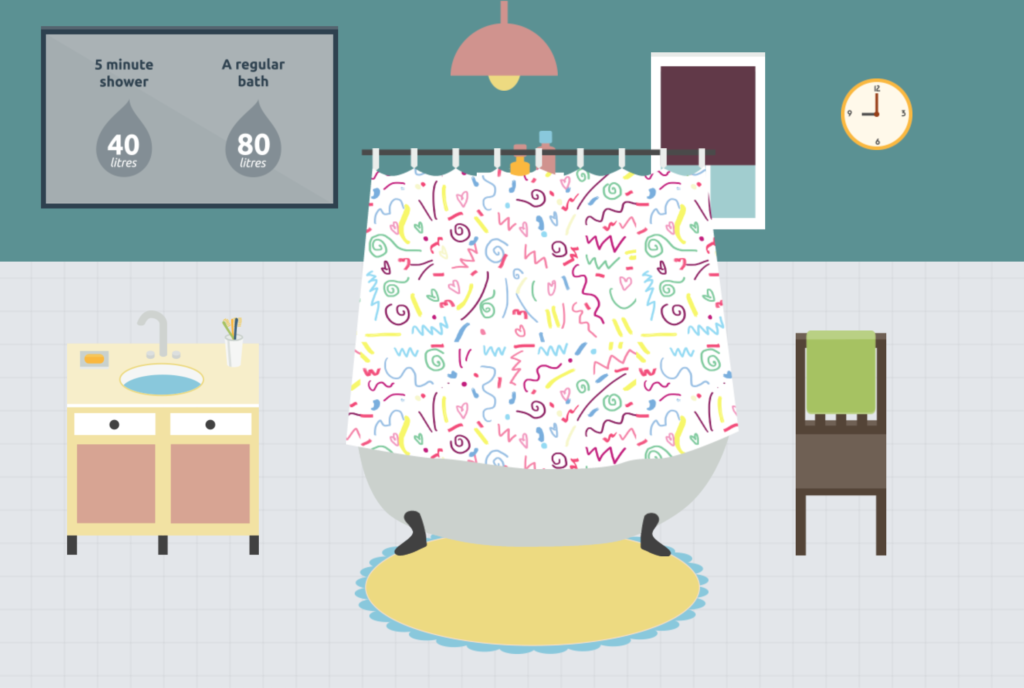Living in the digital age, most of us are already aware of how important online engagement is for a company to thrive. But with so many brands offering digital experiences, how can yours stand out? It often seems like your standard web page and social platforms aren’t enough — and that’s where microsites can come into play.
What is a microsite?
A microsite is almost exactly what it sounds like: a small portion of a brand packed into its own separate webpage. They have a unique domain name and tend to serve one specific purpose. So instead of cramming every bit of information about your business into your main homepage, you can take an important project or initiative and give it its own deserved space.
Don’t be fooled: These tiny sites can pack a big punch! When you give a project its own microsite, you’re giving it room to grow. Users are less distracted by other content, and they likely didn’t have to dig through a more cluttered page to find what they were looking for. This means good things for SEO and the overall user experience.
Screenshot via 2020.byspotify.com
One microsite you’ve probably seen a lot over the past couple of days is Spotify Wrapped. Once a year, Spotify gives users a glance at their year in music, hosted on a microsite at 2020.byspotify.com. Note that this is separate from their homepage spotify.com, which means users get a full-screen, uninterrupted look at the information they want.
The site gives a fun and interactive look at the top songs, artists, and genres that have been streamed on the platform over the last 12 months, along with a strong encouragement for users to open their Spotify app to see their own personalized results. Because who doesn’t want to be reminded of the soundtrack to their first global pandemic?
Screenshot via elfyourself.com
An old favorite that you may see in your inbox soon is the festive Elf Yourself by Office Depot. Users can upload photos of themselves, friends, and family onto the bodies of dancing elves with the encouragement to share the personalized video with others afterwards.
While it may seem simple and silly, it’s estimated that 1.9 billion elves have been created on the microsite in its lifetime — which is pretty good for a seasonal campaign! Suddenly, Office Depot is a fun and festive company responsible for bringing holiday cheer to more than 1 billion people around the globe.
Screenshot via everylastdrop.co.uk
A bit less personalized but equally impactful, EveryLastDrop.co.uk by Waterwise is a beautifully designed infographic microsite that showcases water waste in the UK with a call to action to reduce it. The webpage is very user-friendly and interactive. As you scroll, new numbers and images fill the screen.
Boasting a CSS award and more than 26,000 likes on Facebook, this microsite seems to also have reached much further than its parent company’s normal audience. All the extra eyes on this project have undoubtedly brought more attention to the parent company as a result and hopefully influenced a good portion of folks to turn off the tap when brushing their teeth.
How can a microsite help your brand?
Microsites create brand awareness, encourage more user engagement, and tend to rank higher in web searches. This is all thanks to simplified content and design. When you put away all other distractions, users are only looking at what you specially crafted for them. Plus, when you give one of your ideas its own microsite, you’re automatically enhancing its value. You’re letting users know that this project is unique enough to have its own space, and you then get the opportunity to show them why.
Simply telling your audience that water waste is a problem doesn’t pack the same punch as watching an animated man take a shower, then fly into space. And sometimes you just have to turn everyday people into elves to get them to care about office supplies.
Ready to create your own?
If you’re thinking your business could benefit from a microsite, the first step is to strategize and choose which project you want to highlight. You’ll then need to choose the type of domain, the overall design, your call to action, and how social media will play into all of this. If this all sounds overwhelming, don’t stress: reach out to us to get started.






